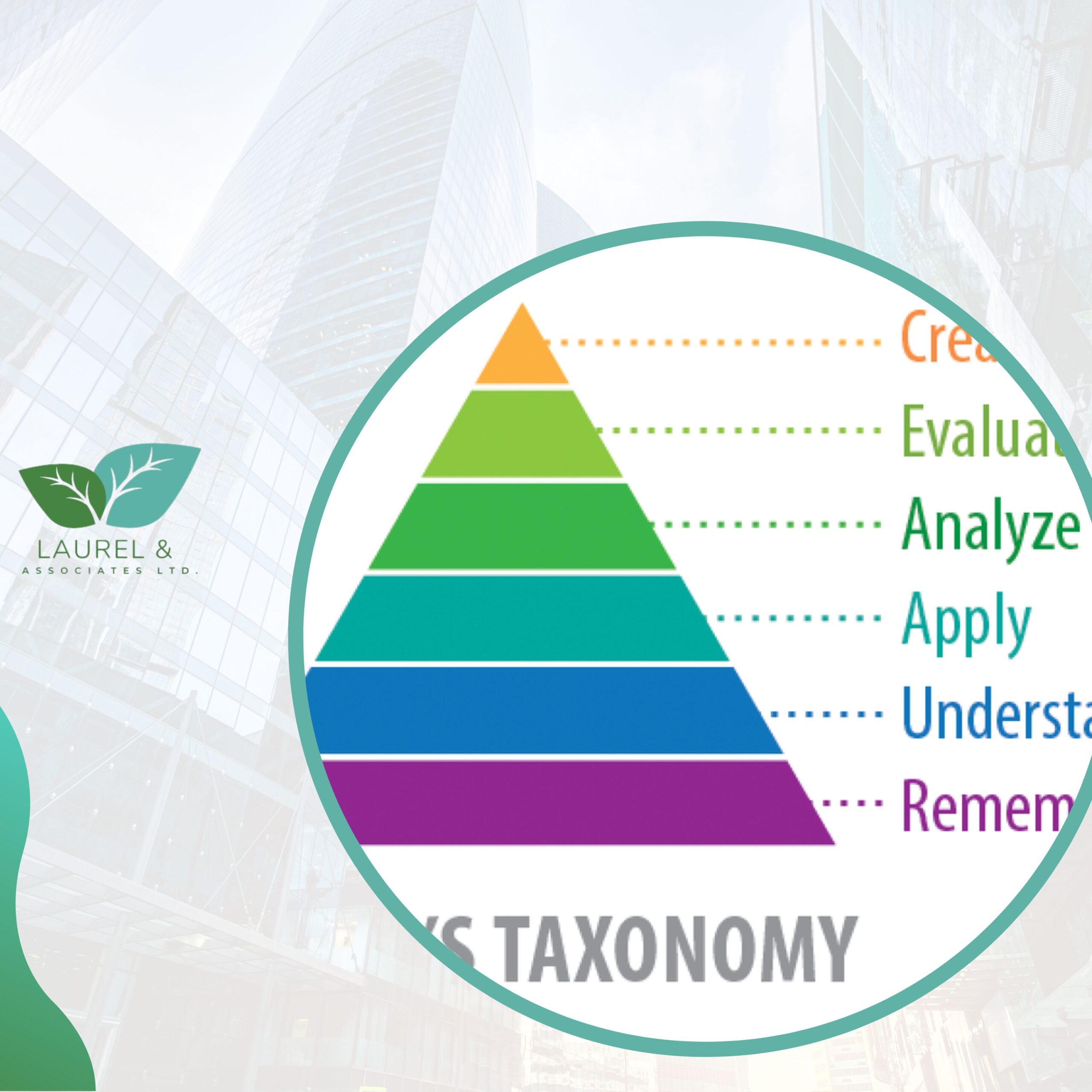
Tip #265: Helping SMEs Become Comfortable Facilitating Activities
This week’s Tip will address the fifth challenge: How can we help SMEs become comfortable facilitating activities? Four Keys to Help SMEs become comfortable There

This week’s Tip will address the fifth challenge: How can we help SMEs become comfortable facilitating activities? Four Keys to Help SMEs become comfortable There

This week’s Tip will address the fourth challenge: How can we help SMEs learn how to select appropriate activities? Three Factors in Selecting a Learning

This Tip focuses on helping SMEs see that specific participatory activities are easy to design, such as questionnaires. Five Challenges Working with SMEs When we

This Tip addresses the second of five challenges in encouraging SMEs become open to using participatory activities. When we began this discussion about encouraging SMEs

This Tip provides steps for helping SMEs value participatory activities over using lecture as their instructional method. Why SMEs Gravitate to Lecture Why do SMEs

This Tip looks at how I fixed the disconnect between my message and my semantics: learning versus training. Learning versus Training For a long time

This Tip discusses extraneous cognitive load, or ineffective load, what causes it and three of six theories how to reduce it. I had originally thought

This Tip explains schemas and automation, then the three types of cognitive load trainers need to be aware of. The intention of cognitive load theory

I probably should clarify that this tip pertains to saving your voice when you train a loud, noisy, exuberant group. It doesn’t really matter how

This Tip compares the previous and the currrent levels of learning in Bloom’s Taxonomy Cognitive Educational Objectives. Previous Levels of Bloom’s Taxonomy In 1956, Benjamin
Sunburst Arrangement My favorite room set up is a sunburst arrangement. This has participants seated at rectangular tables. Each table has one end slanted toward

Some trainers prefer the U shape room arrangement, where the top of the U is the front of the room. Pros: All participants can see